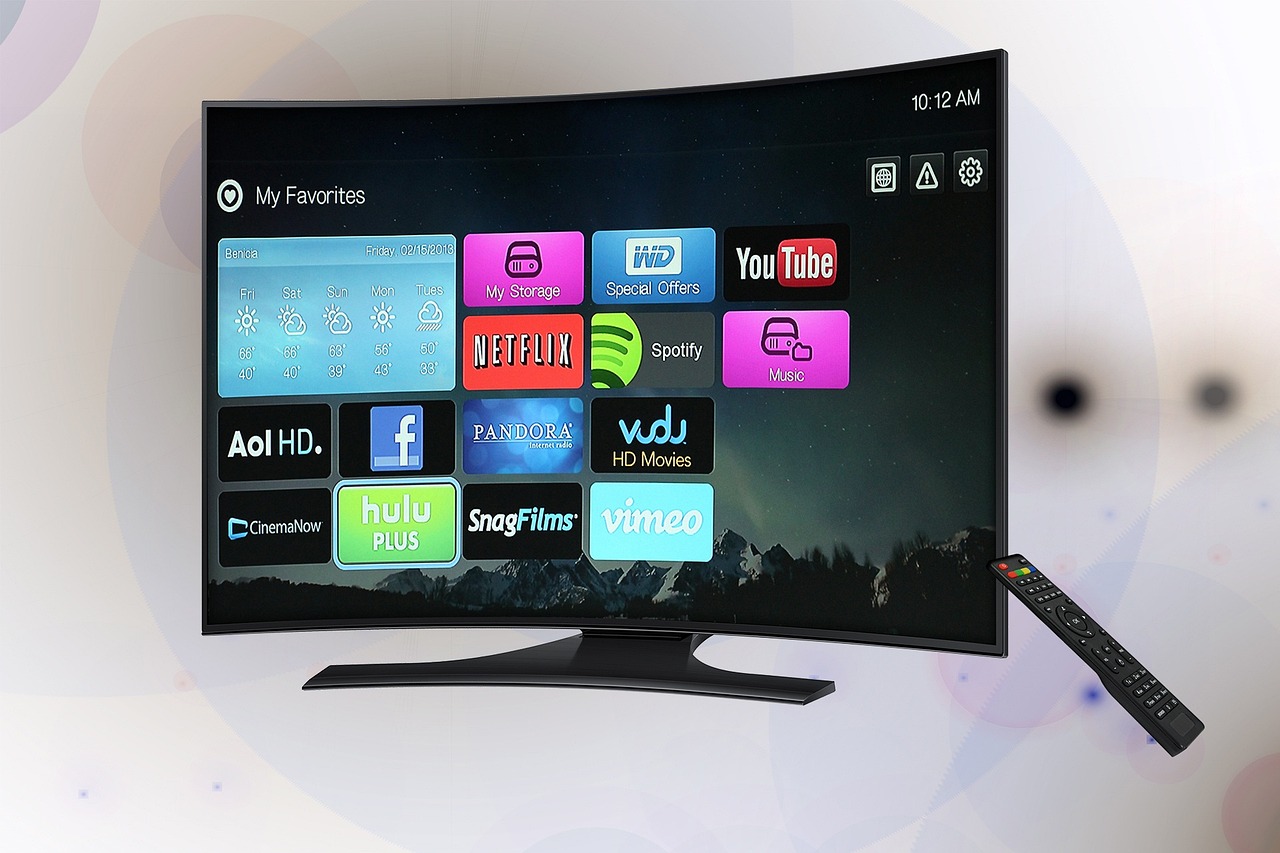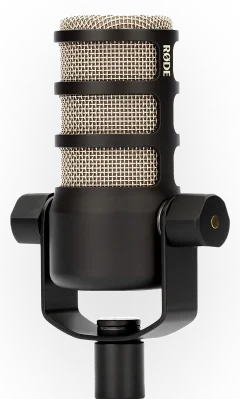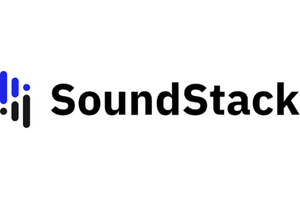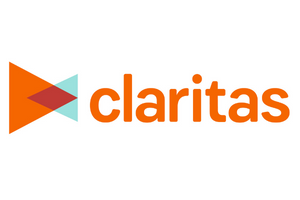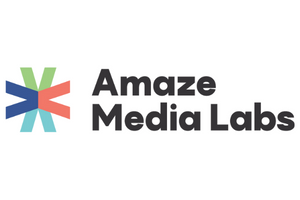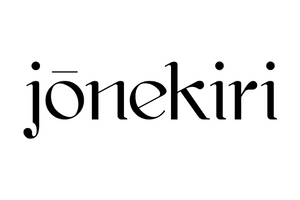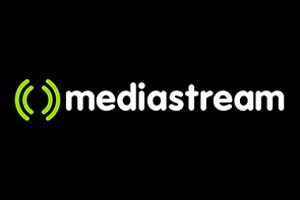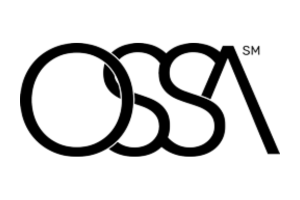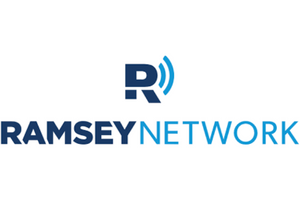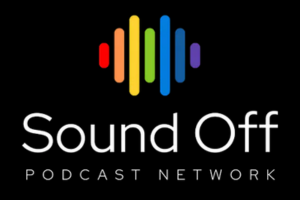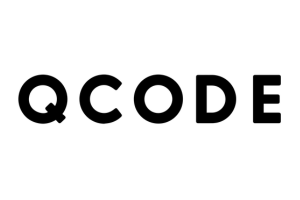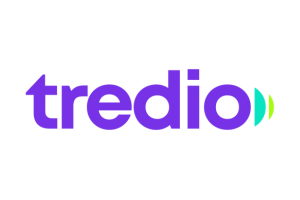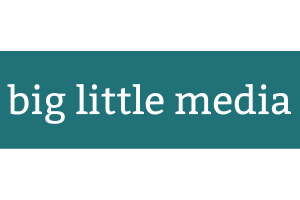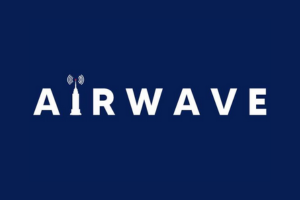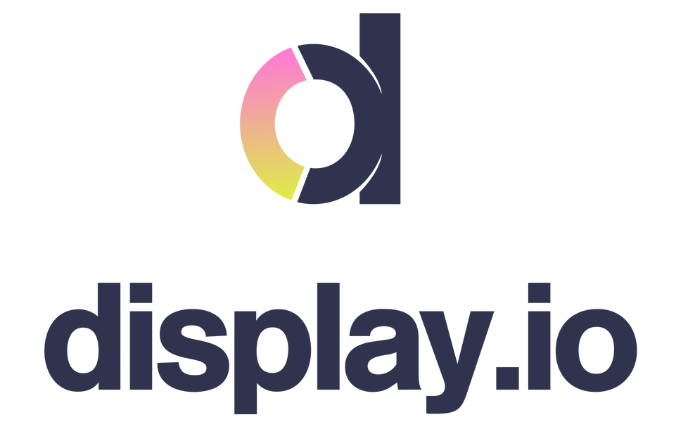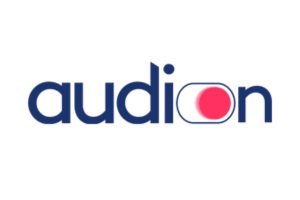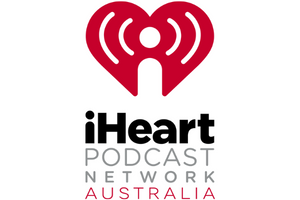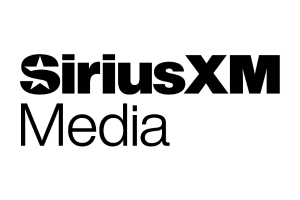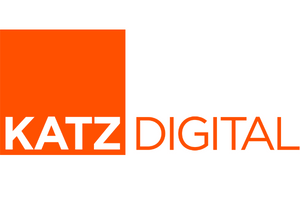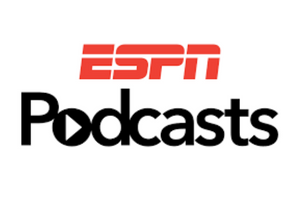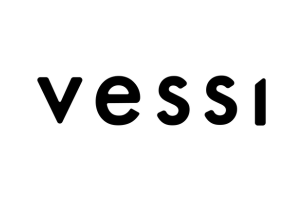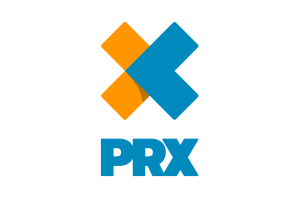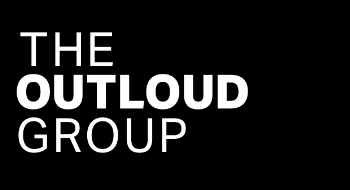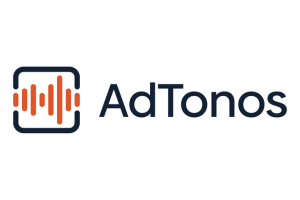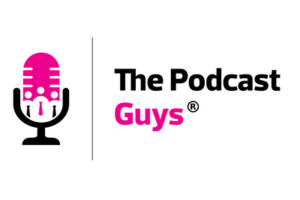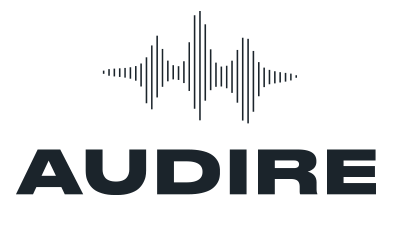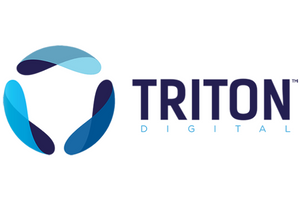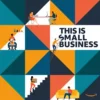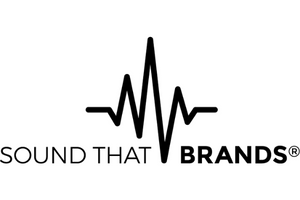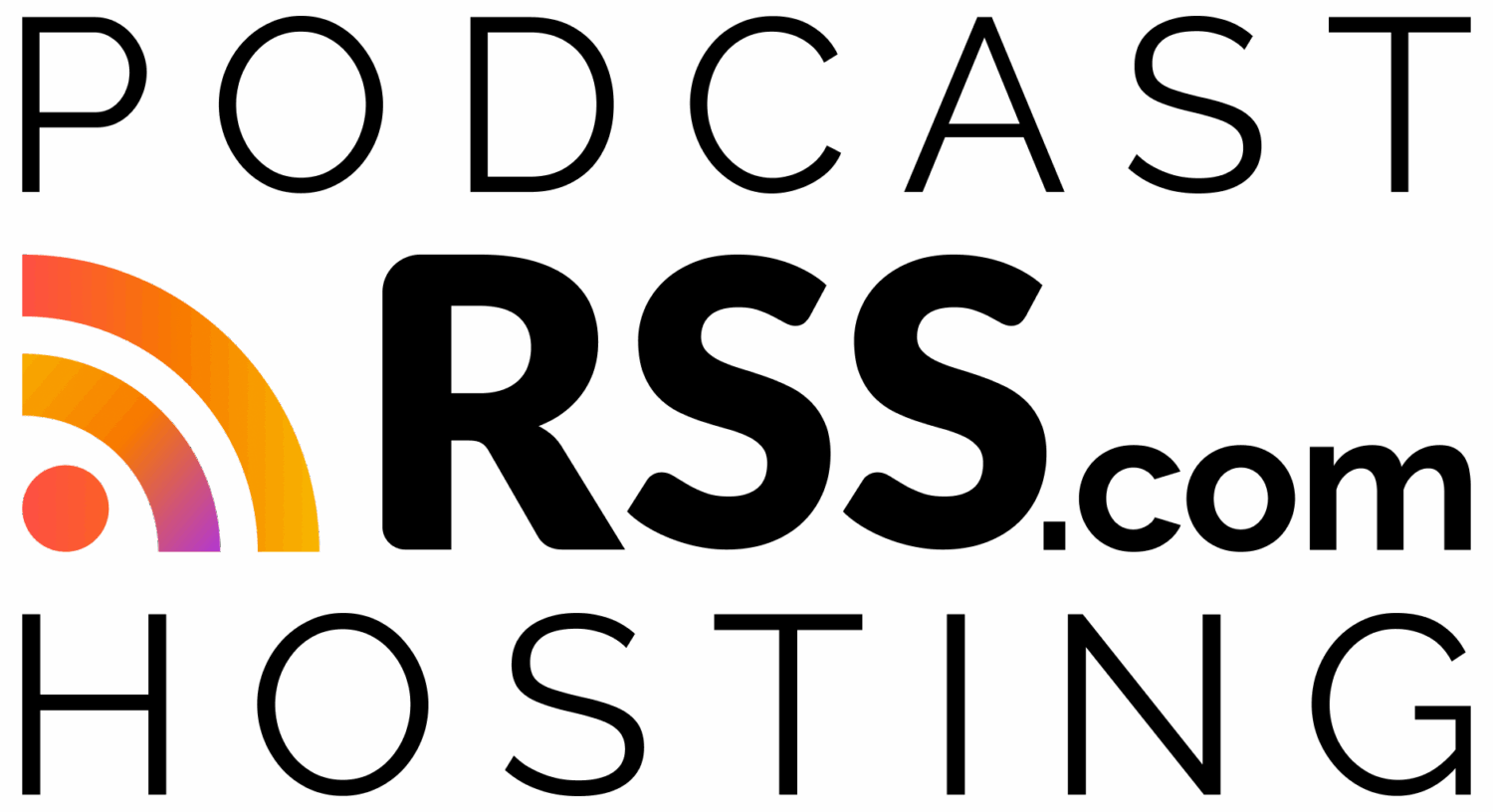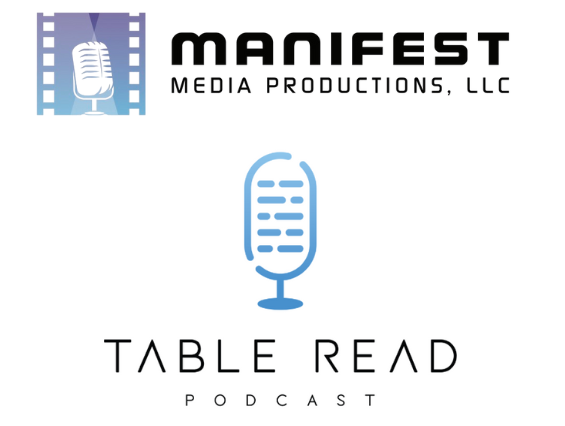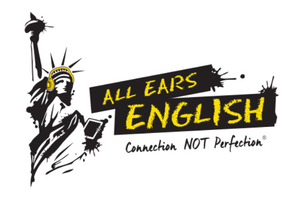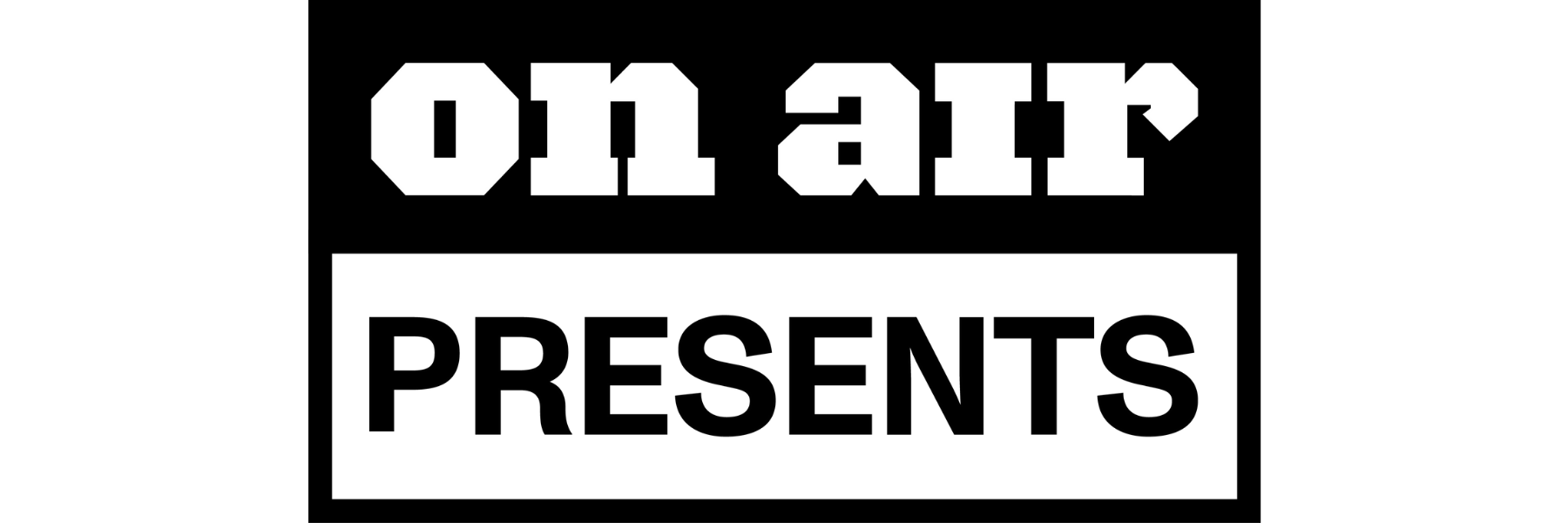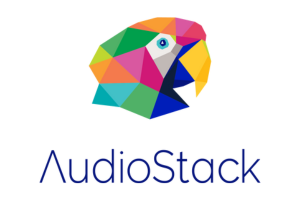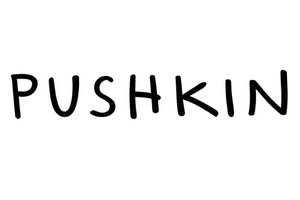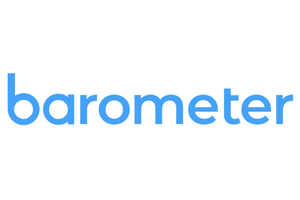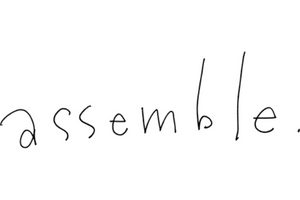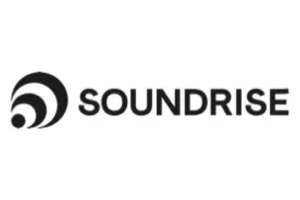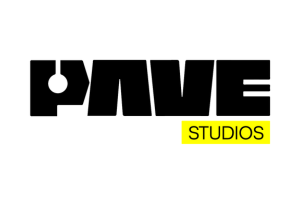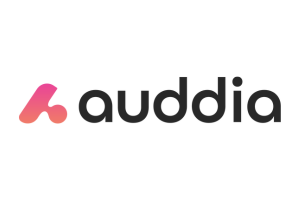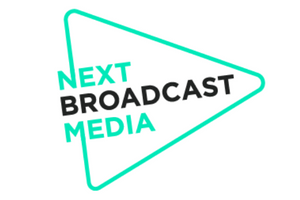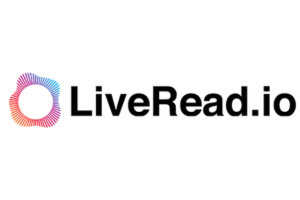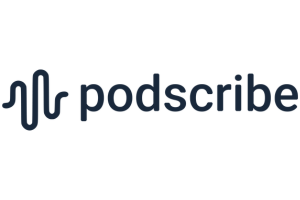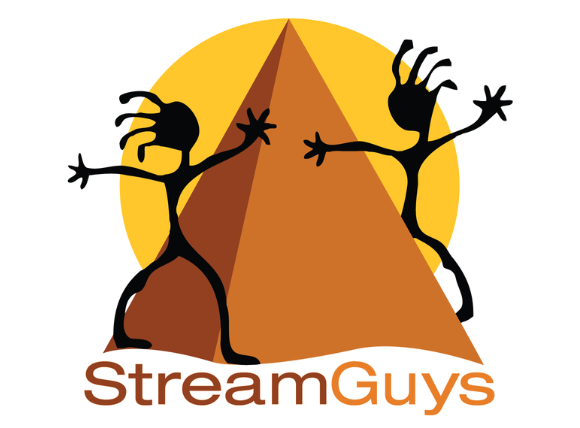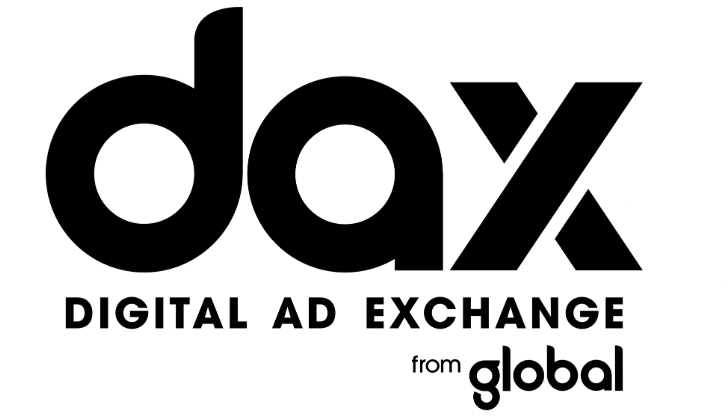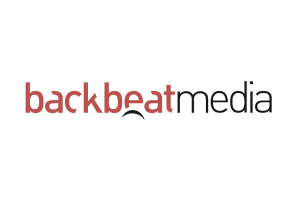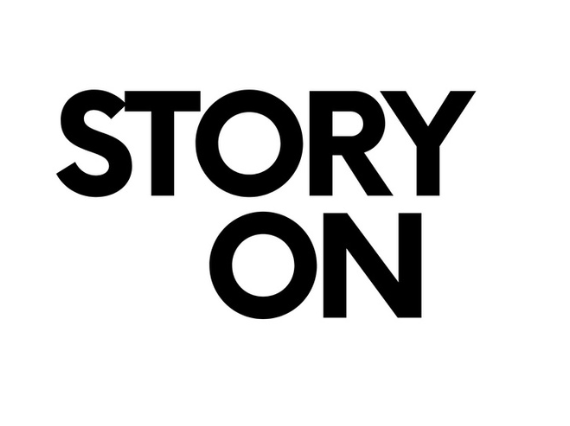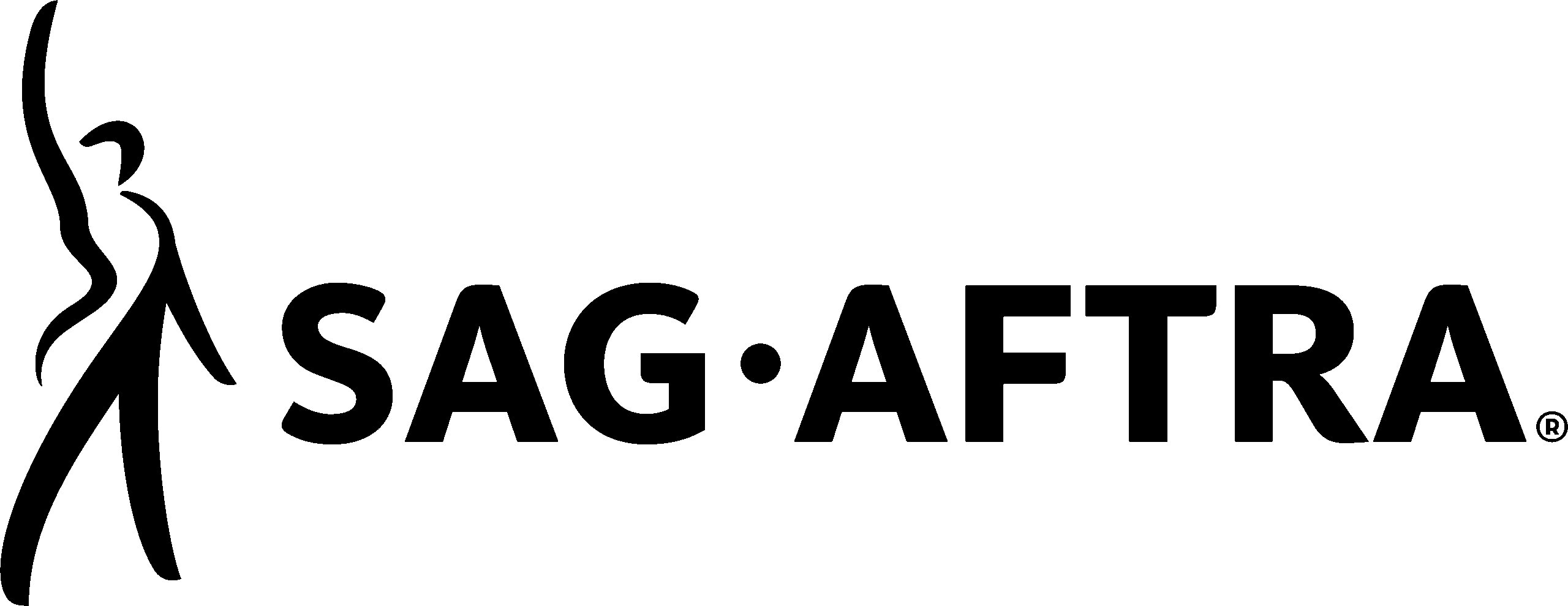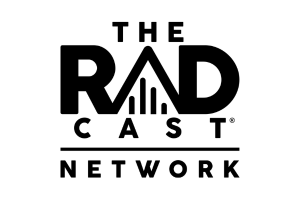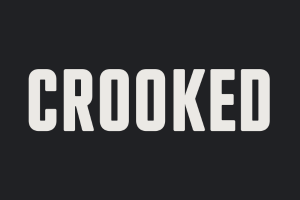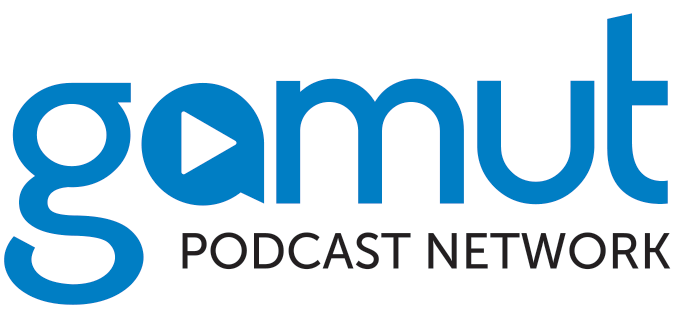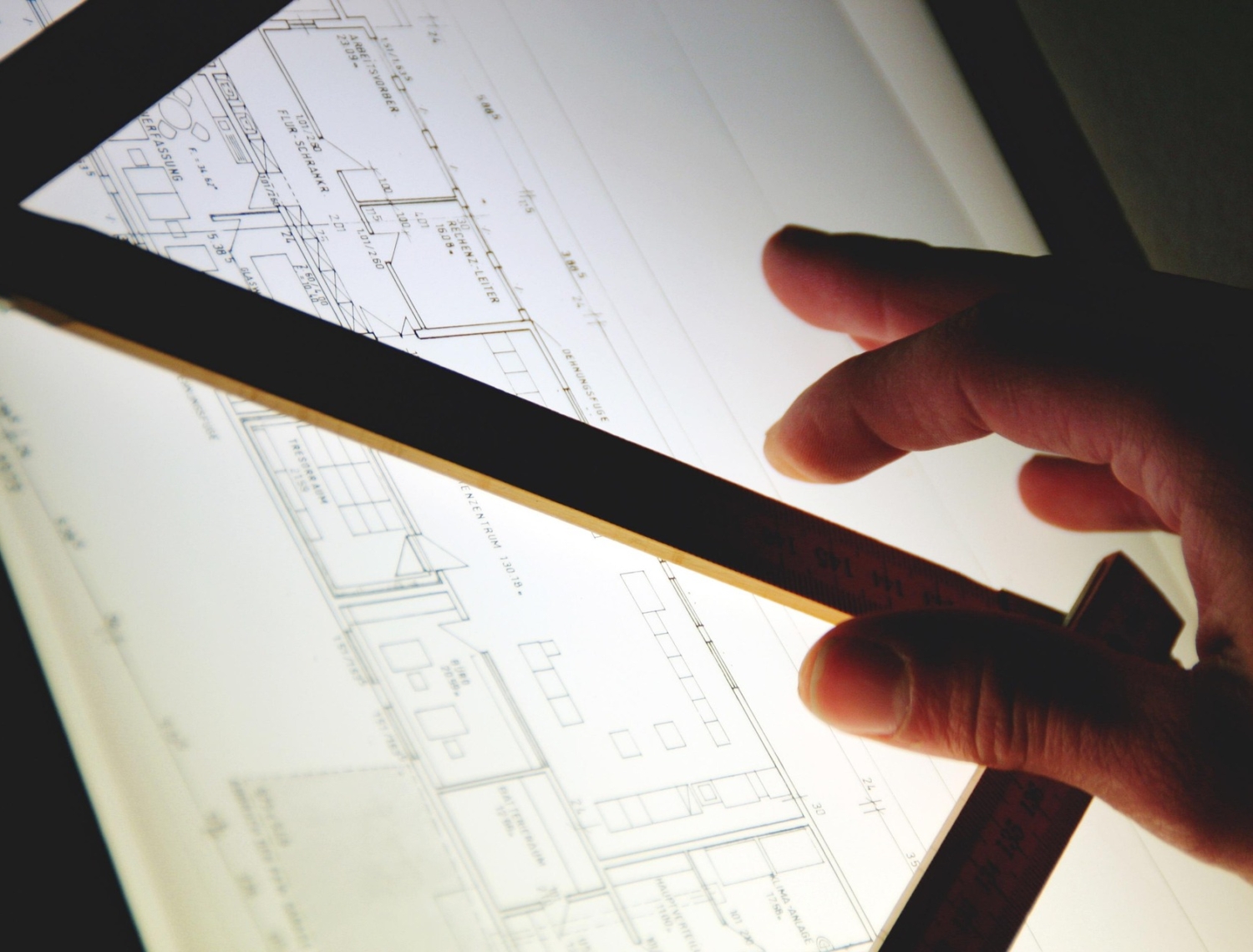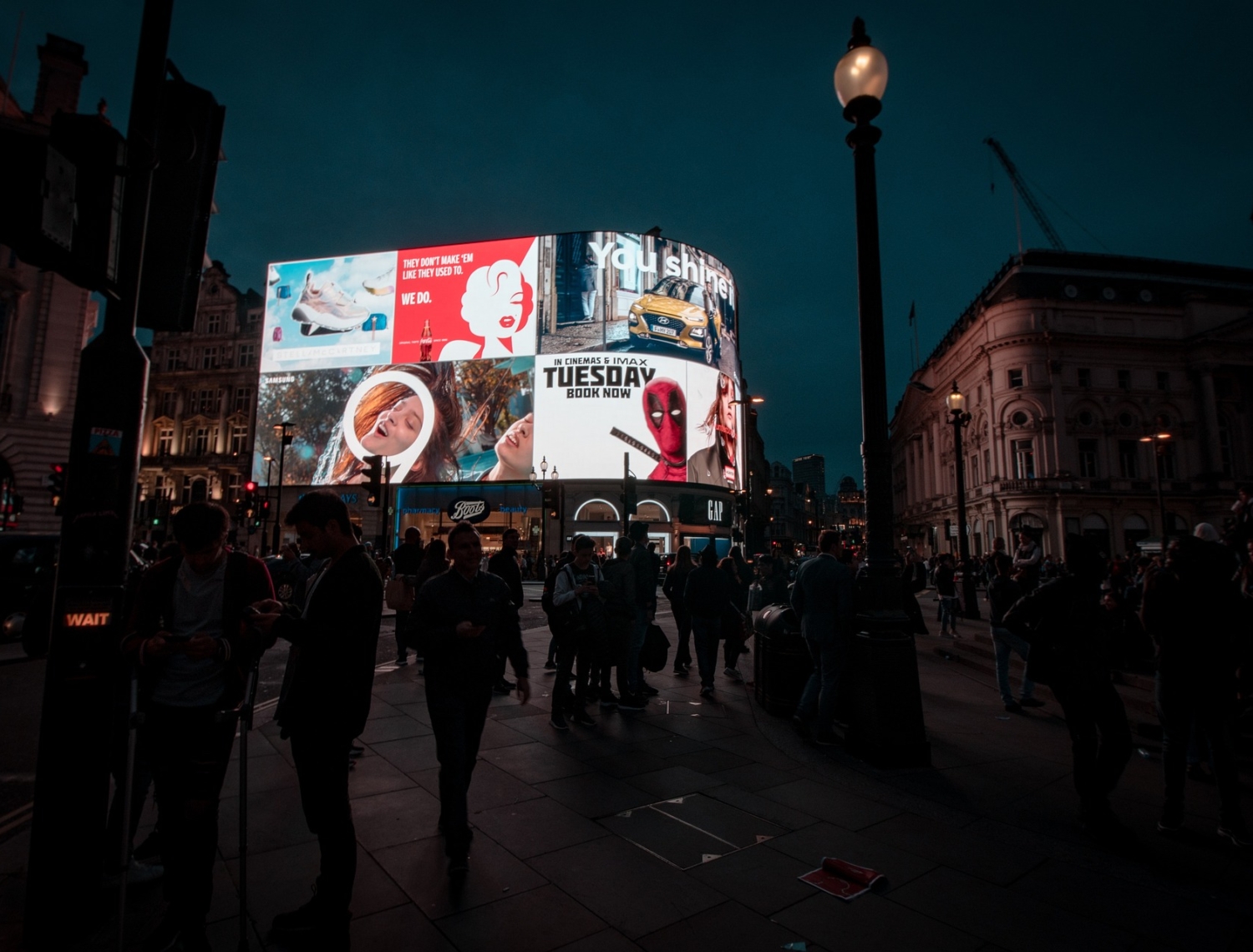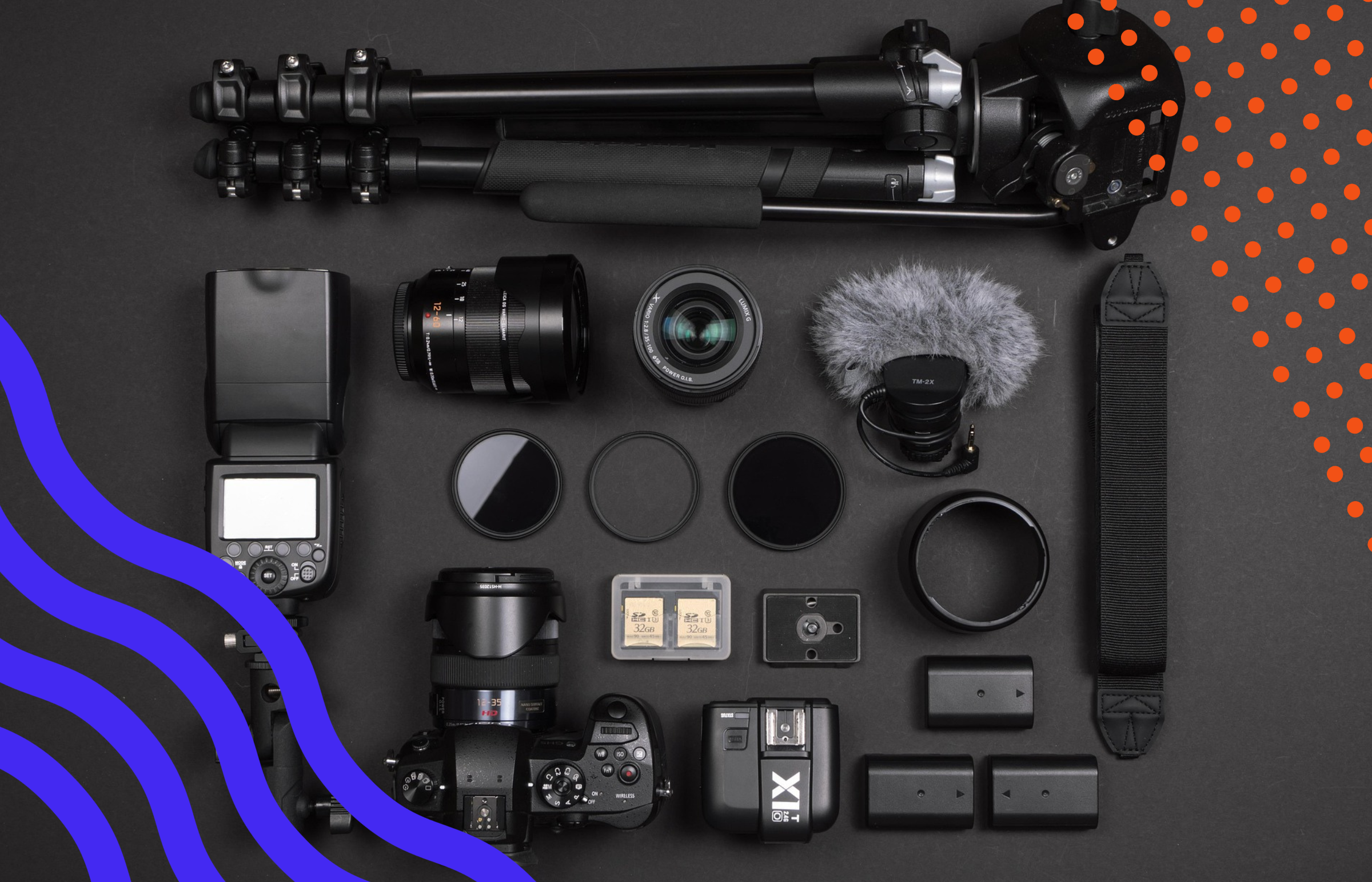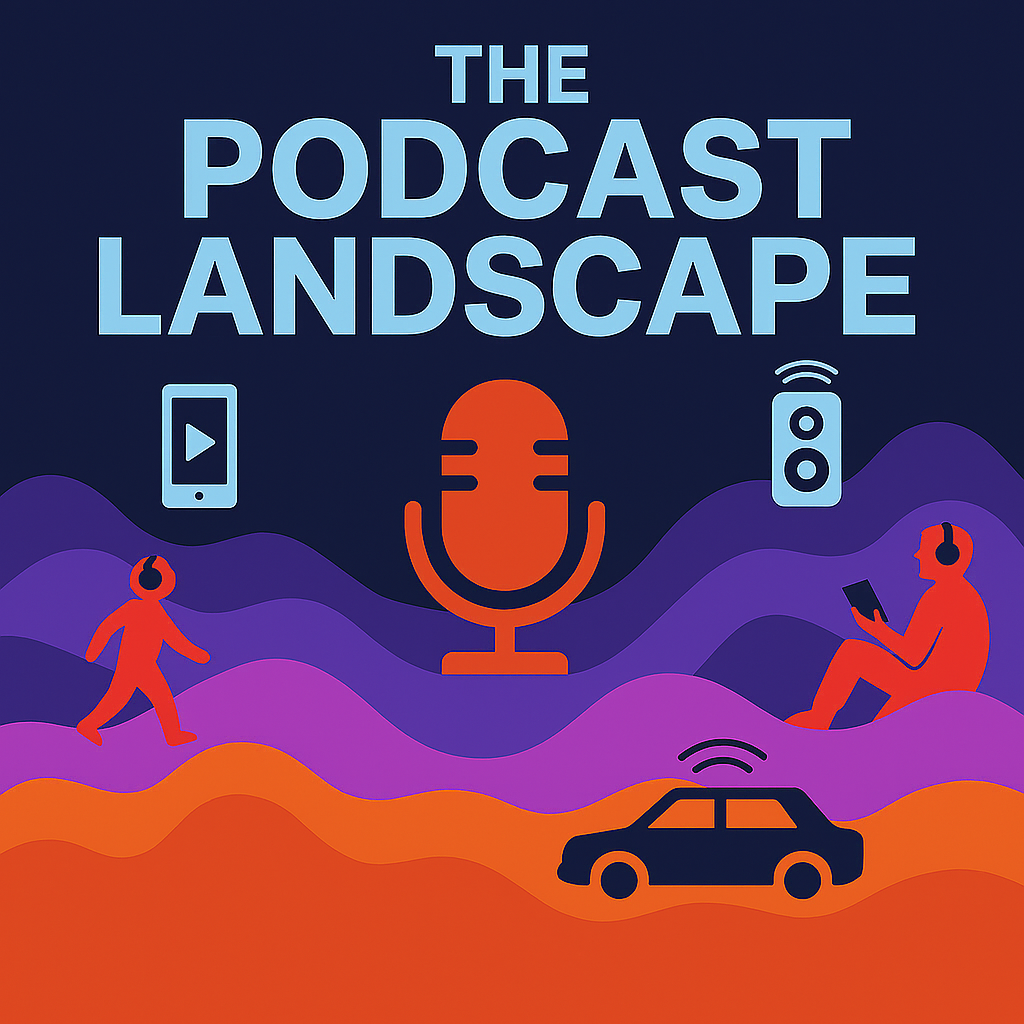Twice a year Sounds Profitable and Magellan AI update the Podscape, a living infographic providing a birds-eye view of the business side of podcasting. The form for the Summer Podscape Refresh is live and taking submissions for new and updating companies until end-of-day June 20th.
I’ve been examining some fresh device usage data for podcast consumption from The Podcast Landscape, and as usual, there are a few nuggets that might challenge our assumptions about how people consume our content. Today I want to talk specifically about Smart TVs and their growing role in the podcast landscape—but probably not in the way you think.
Let’s start with the baseline. Unsurprisingly, smartphones continue to dominate podcast consumption with Apple iPhone users at 31% and Android smartphone users at 27%, followed by desktop/laptop computers at 16%. But what caught my eye was Smart TVs hitting 8% as the primary device for podcast consumption. That might not sound like much, but it’s significant enough to warrant our attention, especially when we look at the secondary device numbers.
Smart TVs: Beyond the “Video Podcasting” Narrative
When we see Smart TV usage growing for podcast consumption, the knee-jerk reaction is to assume it’s all about video podcasting. Like assuming people at Starbucks are actually there for the coffee and not just the WiFi and social permission to use a bathroom without buying anything. But the data tells a more nuanced story:
When you think of a podcast, do you expect it to be audio or video? (Smart TV Primary Users)
Audio only 8%
Usually audio, but may be video 39%
Either 26%
Usually video, but may be audio 22%
Video only 6%
This is fascinating because it suggests that Smart TV podcast users aren’t necessarily video absolutists. Rather, they’re pragmatists who use whatever screen happens to be in front of them at the time. For many Americans (especially in certain demographics), the Smart TV has become the central hub of media consumption—replacing both the traditional television and, in some cases, the computer. It’s the digital equivalent of that one chair in your house where everything from mail to clothes to random Amazon packages somehow accumulates.
The Demographic Surprise
Speaking of demographics, here’s where it gets really interesting. The Smart TV primary user profile skews slightly male (54% vs. 46% female), but the age breakdown is what truly surprised me:
- 18-34: 27%
- 35-54: 36%
- 55+: 37%
That 55+ number is remarkably high for podcasting in general. If you’ve been following this newsletter for any length of time, you know I’ve been banging the drum about the untapped potential of the 55+ audience for years. Well, it seems that Smart TVs might be one of the keys to reaching this demographic. After all, I’ve been studying media long enough to know that people generally don’t change their fundamental habits—they just pour their existing behaviors into new containers.
Why? Because for many in this age group, Smart TVs present a familiar form factor with larger text and easier navigation than smartphones or computers. They’re already comfortable with the concept of a TV as their primary entertainment device—Smart TVs simply expand what’s possible on that familiar screen. Remember when we used to joke about programming VCRs for our parents? Well, turns out they mastered those Roku remotes just fine, thank you very much.
The Multi-Device User Journey
When we look at secondary device usage, another interesting pattern emerges. Of those who primarily use Smart TVs for podcasts, 30% use Android smartphones as their secondary device, followed by iPhones (19%) and desktop/laptop computers (16%).
This suggests a fascinating user journey: these consumers might discover or subscribe to podcasts on their TVs but take that listening on the go with their phones. The Smart TV becomes the discovery platform, while the smartphone enables the mobility that podcasting has always promised. It’s like the reverse of the old Netflix “start on your phone, finish on your TV” behavior—here they’re discovering on the big screen and consuming on the small one.
Contrast this with primary iPhone users, where 24% don’t use a second device at all, or primary desktop/laptop users, where 32% use an Android smartphone as their second choice. Each primary device creates different multi-device patterns, which means different opportunities for engagement.
What This Means For Your Podcast Strategy
So what should you actually do with this information? A few thoughts:
- Don’t assume Smart TV listening equals video requirement. As the data shows, Smart TV podcast consumers are quite flexible in their audio/video expectations. Don’t feel pressured to create video content just because Smart TV usage is growing. Sometimes a microphone is just a microphone.
- Consider the 55+ opportunity. If your show could appeal to older listeners (or already does), prioritizing Smart TV distribution might give you a leg up with this demographic that’s historically been harder to reach in podcasting.
- Optimize for device-switching. Make sure your show description, episode naming, and structure make it easy for listeners to pick up where they left off when switching between devices—especially between Smart TVs and smartphones.
- Think about discoverability on TV platforms. Smart TV interfaces are fundamentally different from podcast apps. Your cover art, titles, and descriptions need to work in these environments, which often prioritize visual browsing rather than search.
The Bigger Picture
The growth of Smart TV podcast consumption isn’t really about audio vs. video—it’s about meeting listeners where they are. For an increasing number of Americans, the Smart TV has become the central screen in their lives, the default device they turn to for media consumption of all kinds.
This is yet another reminder that podcasting continues to mature and evolve as it reaches more mainstream audiences. The early adopters who discovered podcasting through iPods and RSS feeds are now joined by people who simply see podcasts as another content type available on the screens they already use every day.
And isn’t that what we’ve been working toward all along? Podcasting becoming just another normal part of the media landscape—available wherever and however people want to consume it?
Smart TVs aren’t changing what podcasting is. They’re just changing how some people access it. And that’s a good thing for all of us—even if it means you now have to think about how your logo looks on a 65-inch screen six feet away instead of a phone held six inches from someone’s face.
New Partners
Sounds Profitable exists thanks to the continued support of our amazing partners. Monthly consulting, free tickets to our quarterly events, partner-only webinars, and access to our 1,800+ person slack channel are all benefits of partnering Sounds Profitable.
- Acorns is a financial wellness app that helps everyday people and families save and invest money for the long term. Since 2014, Acorns has grown into a global company with multiple life stage products serving the needs of kids, teens, adults and parents.
- Futuro Media creates multimedia content for and about the new American mainstream in the service of empowering people to navigate the complexities of an increasingly diverse and connected world.
- Locked On Podcast Network fuels the passion of local sports fandom, delivering daily short form podcasts for every team across the NFL, NBA, MLB, NHL and College Sports.
Want to learn more about partnership? Hit reply or send us an email!
Acorns, Futuro Media Group, Locked On Podcast Network

